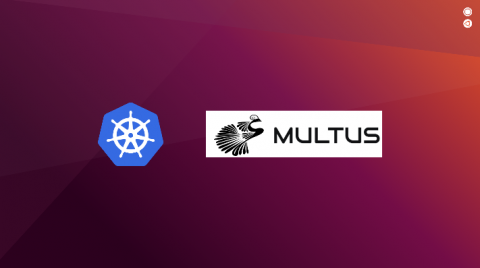Operations | Monitoring | ITSM | DevOps | Cloud
Latest News
Citrix Admins can now track Citrix Connection Quality without Needing any Client Software
Citrix technologies are often used by remote employees or collaborators to access corporate applications and desktops. Citrix access is session oriented – a session is established at logon time and a connection between the client and the server/desktop being accessed is maintained for the duration of the session. User access to Citrix apps and desktops is highly interactive – mouse clicks, keystrokes, etc. all have to go from the client to the server/desktop to be processed.
Ten Reasons Why MSPs Choose OpsRamp for Hybrid IT Operations Management
OpsRamp’s recent survey found that 91% of IT operations teams were looking to increase spending with managed service providers (MSPs). The major reasons for working with MSPs to monitor and manage hybrid infrastructure were technical expertise (63%), security know-how (52%), and cost optimization (50%).
Cloudsmith: Your Offsite DevOps Team
Cloudsmith can help reduce the amount of resources you need to devote to package management and DevOps, whilst delivering a better service to your teams than ever before. Here’s how and why. Package management is right at the heart of DevOps. Packages are both inputs and outputs in the DevOps process, and indeed many individual packages are both. Effectively, packages are the currency that engineers work in.
Through the crisis: Nexthink customer stories (AXA IM)
For a lot of Nexthink’s technical professionals, 2020 has been one of the most challenging and rewarding periods of their professional lives. Our customer base was impacted globally by COVID-19, and we were honored to be able to support them whenever and however we could, working closely to leverage their existing investment, as well as developing and distributing tailored services for those that needed them.
Hospital's IT Almost Wastes $900k on Hardware
After working in enterprise IT for over 20 years, I’ve come to the realization that most departments suffer from the same underlying contradiction. By nature, we IT professionals are a logic-seeking, detail-oriented bunch. Much of our work can take months, if not years, of meticulous planning and research. We find comfort in gazing upon complex, multi-colored scrum boards and searching for answers to problems that any sane person would avoid.
Multus: how to escape the Kubernetes eth0 prison
Kubernetes has been successful for a number of reasons, not the least of which is that it takes care of things that application developers may not want to bother with – such as, for example, networking. Multus is a feature that can be used on top of Kubernetes to enable complex networking use cases.
Service-Aware AIOps and finding answers to the question of 'what can I automate?'
Based on our interactions with buyers evaluating vendors in the AIOps market, much of what we’re hearing chimes with this quote - “What will AI allow us to automate? We'll be able to automate everything that we can describe. The problem is: it's not clear what we can describe.” Stephen Wolfram, computer scientist and physicist.
How to perform simple testing of critical network assets state
Certain changes in services or devices can often be misheeded; failure to recognize even subtle changes can later result in unpleasant consequences. Below we list several examples of such incidents; the checks described are rather lightweight and can be run frequently for critical network assets. The cases below assume that any change in current device’ state should be treated as security issue.
Week 4 highlights from Knowledge 2020
Week 4 at Knowledge 2020 expanded the virtual gathering’s breadth and depth, especially when it came to several IT Workflows sessions by top companies around the world. Here are a few highlights from key presentations.











